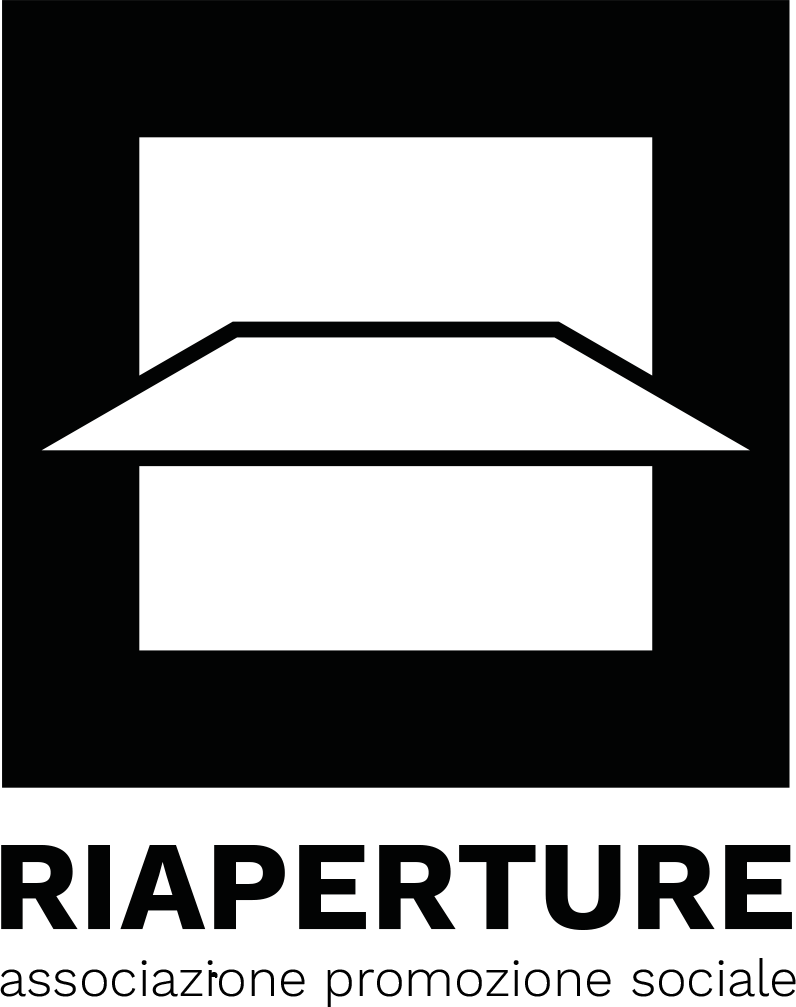Gregg Segal
Quando
venerdì 25, sabato 26, domenica 27 settembre
venerdì 2, sabato 3, domenica 4 ottobre
2020
dalle ore 10.00 alle ore 19.00
7 Days Of Garbage
Ogni giorno, da quando ero piccolo, mi faccio delle domande a proposito della spazzatura – dove va a finire e cosa succederà quando non avremo più posti dove metterla? Con 7 Days of Garbage, sposto l’attenzione sulla crisi dei rifiuti e dei consumi, personalizzandoli. Ho chiesto a famiglia, amici, vicini di casa e conoscenti di conservare i propri rifiuti per una settimana e di posare per una fotografia sdraiati su di essi. Ho incluso la mia famiglia perché volevo che mio figlio di 8 anni capisse che anche noi stiamo contribuendo al problema. Ho chiesto alle persone di includere i rifiuti riciclabili ed organici per diverse ragioni: 1- il packaging è spesso eccessivo 2- riciclare la plastica presuppone costi ambientali elevati 3- gran parte di ciò che consideriamo riciclabile non arriva all’impianto di riciclaggio; circa 8 milioni di tonnellate di questi rifiuti finiscono nei nostri oceani ogni anno.
Ho creato il set per il servizio fotografico nel mio cortile, ad Altadena, in California: acqua, foresta, spiaggia e neve. Il mio obiettivo è quello di illustrare quanto può essere pervasiva la spazzatura; nessun ambiente naturale resta incontaminato. Personalizzando il problema dei rifiuti, partendo da me stesso e lavorando poi su altre persone, ho scoperto che alcuni hanno iniziato a considerare il problema andando più a fondo. Molti mi hanno detto che il processo di conservazione di propri rifiuti settimanali, e la successiva performance fotografica, li ha fatti ragionare sulla necessità di un cambiamento. Alcuni stanno muovendo piccoli passi per mitigare la crisi. Riflettendo sulle foto fatte finora, vedo 7 Days of Garbage come un’archeologia istantanea, un record non solo per i nostri rifiuti ma anche per i nostri valori – valori che possono essere sintomo di una piccola evoluzione.
ENG
Ever since I was a kid, I’ve wondered about garbage – where does it go and what happens when we run out of places to put it? With 7 Days of Garbage, I call attention to the crisis of waste and consumption by personalizing it. I asked family, friends, neighbors and other acquaintances to save their trash and recyclables for a week and then lie down and be photographed in it. I included my family because I wanted my 8-year-old son to understand that we’re contributing to the problem, too. I asked people to include their recyclables for several reasons: 1) packaging is excessive 2) recycling plastic has steep environmental costs 3) much of what is designated recyclable doesn’t make it to the recycling plant; about 8 million tons finds its way into our oceans every year.I created the settings for the pictures, in my own yard in Altadena, California: water, forest, beach and snow. My aim is to illustrate how pervasive garbage is; no natural environment is untouched. By personalizing the problem of waste – by starting with myself and working outwards from there, I’ve found that some are considering the issue more deeply. Many have said the process of saving their garbage and then laying in it reconciled them to a need for change. Some are taking small steps to mitigate the crisis. Reflecting on the pictures I’ve made so far, I see 7 Days of Garbage as instant archeology, a record not only of our waste but of our values – values that may be evolving a little.
Gregg Segal
Bio
 Gregg Segal ha studiato fotografia e cinema presso il California Institute of the Arts, ha ottenuto un Master in drammaturgia alla New York University e in scienze dell’educazione all’University of Southern California. La produzione fotografica di Segal ha ottenuto riconoscimenti dall’American Photography, Communication Arts, PDN, Investigative Reporters and Editors, The New York Press Club, the Society of Publication Designers e Magnum Photography Awards; a lui è stato destinato, nel 2018, il premio Food Sustainability Media Award sponsorizzato Thomson Reuters e dalla fondazione Barilla Center for Food and Nutrition. I saggi sulla fotografia e sulla ritrattistica di Segal sono stati pubblicati, tra gli altri, dal Time, GEO, Smithsonian, The Independent, Le Monde, Fortune, National Geographic Adventure and Wired. La sua prima monografia Daily Bread è stata pubblicata da Powerhouse Books, nel 2019
Gregg Segal ha studiato fotografia e cinema presso il California Institute of the Arts, ha ottenuto un Master in drammaturgia alla New York University e in scienze dell’educazione all’University of Southern California. La produzione fotografica di Segal ha ottenuto riconoscimenti dall’American Photography, Communication Arts, PDN, Investigative Reporters and Editors, The New York Press Club, the Society of Publication Designers e Magnum Photography Awards; a lui è stato destinato, nel 2018, il premio Food Sustainability Media Award sponsorizzato Thomson Reuters e dalla fondazione Barilla Center for Food and Nutrition. I saggi sulla fotografia e sulla ritrattistica di Segal sono stati pubblicati, tra gli altri, dal Time, GEO, Smithsonian, The Independent, Le Monde, Fortune, National Geographic Adventure and Wired. La sua prima monografia Daily Bread è stata pubblicata da Powerhouse Books, nel 2019
ENG
Gregg Segal studied photography and film at California Institute of the Arts (BFA) dramatic writing at New York University (MFA) and education at The University of Southern California (MA). Segal’s photography has been recognized by American Photography, Communication Arts, PDN, Investigative Reporters and Editors, The New York Press Club, the Society of Publication Designers and the Magnum Photography Awards. He is the recipient of the 2018 Food Sustainability Media Award sponsored by Thomson Reuters and the Barilla Center for Food and Nutrition Foundation. Segal’s portraiture and photo essays have been featured in Time, GEO, Smithsonian, The Independent, Le Monde, Fortune, National Geographic Adventure and Wired, among others. His first monograph Daily Bread was published by Powerhouse Books in 2019.






